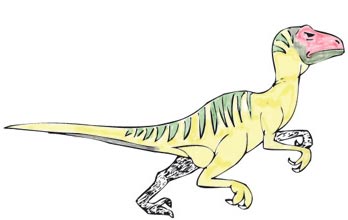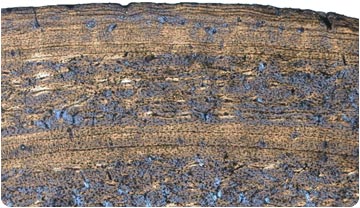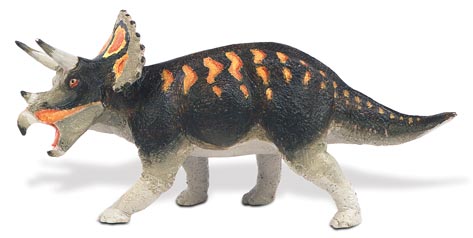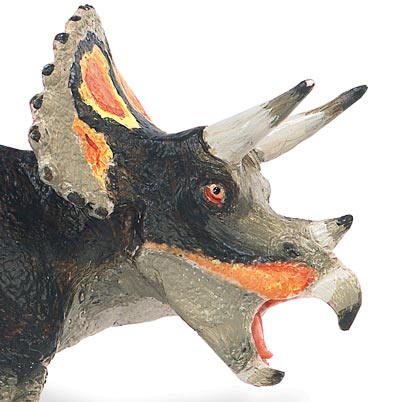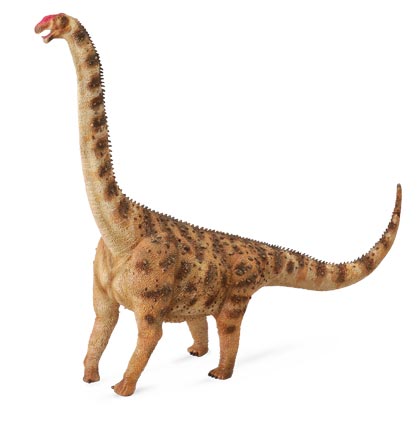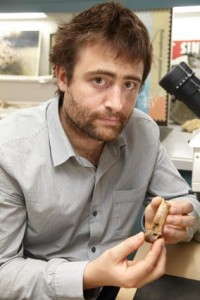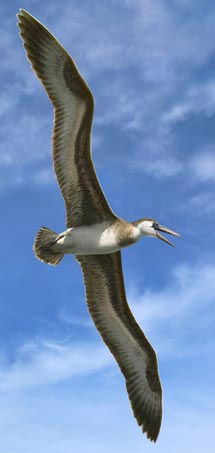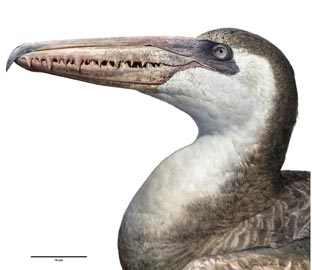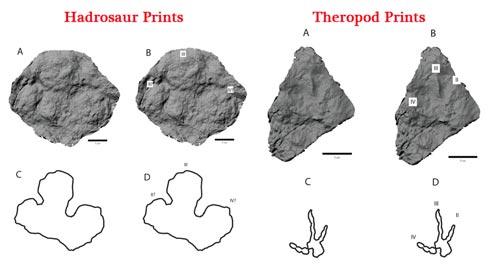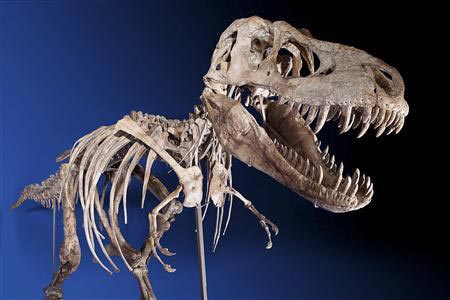Evidence of Dinosaurs Being Warm-Blooded
Endothermic Dinosaurs with a High Metabolic Rate (Except Sauropods)
Scientists have debated whether the Dinosauria were warm-blooded like mammals and birds (endothermic) or cold-blooded (ectothermic) like extant reptiles for over one hundred and thirty years. A number of papers have been published recently which have added to the immense amount of data compiled as palaeontologists strive to determine just how the dinosaurs dominated life on Earth for much of the Mesozoic. A team of international scientists have completed a study into the histology (growth) of the thigh bones of modern mammals and their results suggest that some of the dinosaurs may well have been endothermic.
The Dinosauria
The idea of dinosaurs being slow, ponderous, dim-witted beasts has largely been refuted. The debate over cold-bloodedness versus warm-bloodedness, started by the likes of Huxley and Seeley in the 19th Century was ignited once again with gusto by the American palaeontologist John Ostrom who published a description of the theropod Deinonychus in 1969. Ostrom depicted Deinonychus as an agile, fast-running predator, a new interpretation of the Dinosaurs as animals which were as active as birds and mammals.
Deinonychus – Surely Not Cold-Blooded?
Picture credit: Everything Dinosaur
Adding to this debate, a team of scientists from Spain and Norway analysed the thigh bones (femurs) of over one hundred mammals from various habitats in a bid to see if the histology (growth) of these bones provided any indication as to whether the dinosaurs may have been warm-blooded just like the mammals. Large ruminants were chosen for the study and the research team examined the internal structure of animal’s bones from northern latitudes as well as from temperate climatic zones and the tropics. Ruminants such as the Muntjac deer, a native of South East Asia and reindeer from northern Svalbard (the most northerly part of Norwegian territory) were included in the extensive study.
The researchers were looking for patterns in the internal structure of the bone that indicated rapid growth as opposed to no growth or very slow growth. Just like growth rings in trees, the internal structure of a bone can indicate the rate of growth of the bone and consequently the animal to which the bone belonged. The scientists examined the bones looking for “lines of arrested growth”, otherwise known by the acronym of LAGs.
LAGs are seen in bone sections as dark rings, similar to those seen in tree trunks by dendrochronologists. The rings are formed, both in the studied mammals and in trees, during the unfavourable seasons (winter or dry season) when the growth of the organism is arrested as a result of a lack of resources. The presence of LAGs in bones was, until now, considered to be the clearest indicator of ectothermy (cold-bloodedness) since the seasonal arrest of growth was related to the animal’s inability to maintain a more or less constant body temperature (endothermy) during the season of scarce resources.
The Internal Structure of a Mammal’s Bone Showing LAGs
Picture credit: Meike Köhler
The picture above is a slide showing a cross-section of Alpine Red Deer bone. The two dark bands represent lines of arrested growth. These patterns in the bones of mammals are similar to those found in many fossilised bones of dinosaurs. This suggests that if warm-blooded mammals have these bone patterns and many dinosaurs show the same histology, then the dinosaurs may have been endothermic too.
One of the authors of the paper, Meike Köhler (Catalan Institute of Palaeontology, Spain) stated:
“The argument we are giving in our paper, rather in favour of endothermy in dinosaurs, is that between the growth and rest lines, there’s always a big region of highly vascularised (infiltrated with blood vessels) tissue that indicates very high growth rates. This is typical in dinosaurs and very different from reptiles, which have slow growth between the rest lines.”
LAGs have been found in the bones of extant reptiles and amphibians and it had been assumed that this was evidence of being cold-blooded, organisms not able to control the body temperatures internally but relying on external factors such as the sun to warm them up and keep them active. Animals that are ectothermic are more likely to be less able to cope with harsh, cold climates. However, dinosaur fossil discoveries in such extreme environments as Alaska and near to the South Pole, which although much warmer at the time of the Dinosauria then they are today, would still have been very cold, does suggest that at least some types of dinosaurs were endothermic.
The research team, whose work has been published in the journal “Nature” suggest that such LAGs have been found in many different types of dinosaur. The only ones without such evidence of warm-bloodedness are the super-sized Sauropoda, animals such as Diplodocus and Jobaria.
In June of last year, Everything Dinosaur reported on research carried out by a team of American scientists who after a study of the teeth of sauropods, suggested that these animals too may well have had a high, internal body temperature, that they were able to regulate themselves without the assistance of external heat sources. This particular research may not be definitive proof that animals such as Camarasaurus (a North American sauropod), were endothermic as the sheer bulk of these animals with their high volume to skin surface area ratios may have enabled them to maintain a high body temperature.
Contrasting her team’s work with the American study, Meike stated that the sauropods might have been big enough for their own body mass to generate heat, what the researchers call a “gigantotherm.”
To read more about the American study: Warm-blooded Sauropods?
Researchers don’t know what their growth lines would have looked like, since no animals alive today are gigantotherms. As with most matters relating to sauropod physiology and anatomy, there are no living animals resembling anything like these huge animals alive today, so direct comparisons with extant organisms is very difficult.
The Spanish and Norwegian researchers did not originally set out to provide evidence for support of endothermy in the Dinosauria, this was one of the first times such a systematic study of large mammals had been carried out and the link with the dinosaurs was not the team’s first scientific objective. Their research is helping scientists to understand how large mammals can cope with extreme climate conditions and how climate change may affect large animal populations.
For examples of very cuddly soft toy dinosaurs: Prehistoric Plush – Soft Toy Dinosaurs.
Dr Köhler went onto add:
“These lines of arrested growth have been used a lot in dinosaurs, but nobody has ever had a really deep look at mammals.”
The debate over whether or not dinosaurs were warm-blooded or not is set to continue. There is certainly substantial evidence to suggest that dinosaurs were indeed very active and most likely warm-blooded, but animals with high metabolic rates need strong lungs to provide muscles with oxygen to fuel muscles, with no dinosaurs around today understanding their physiology becomes much more difficult.
For another article highlighting this debate: “Clumped Isotopes” provide evidence of Endothermy in the Dinosauria.


